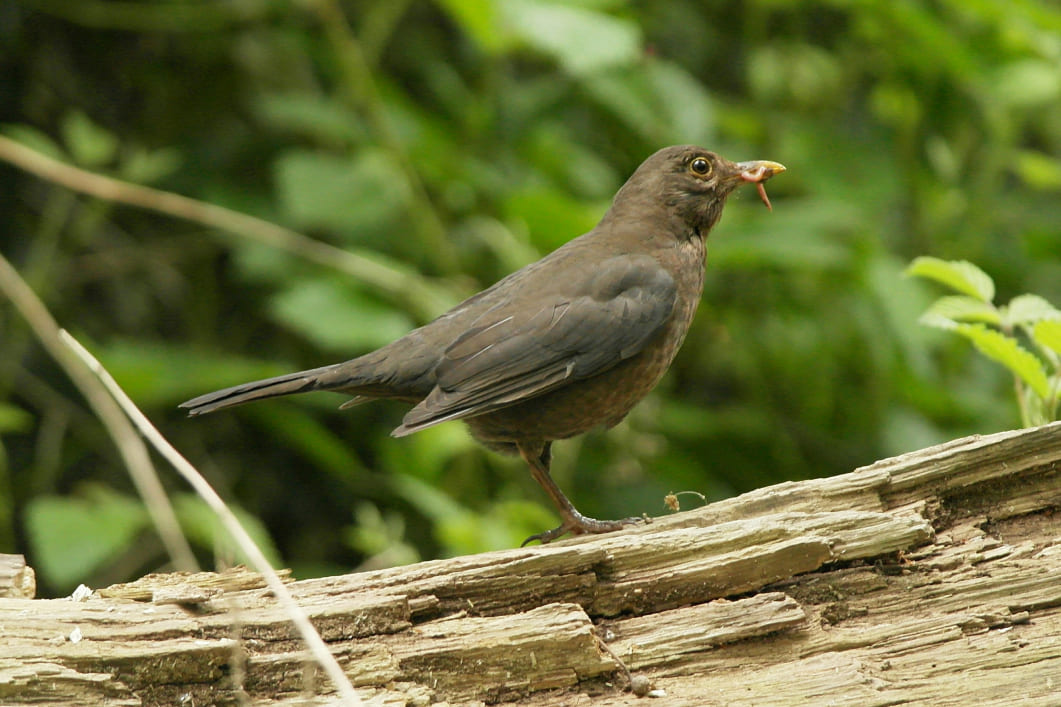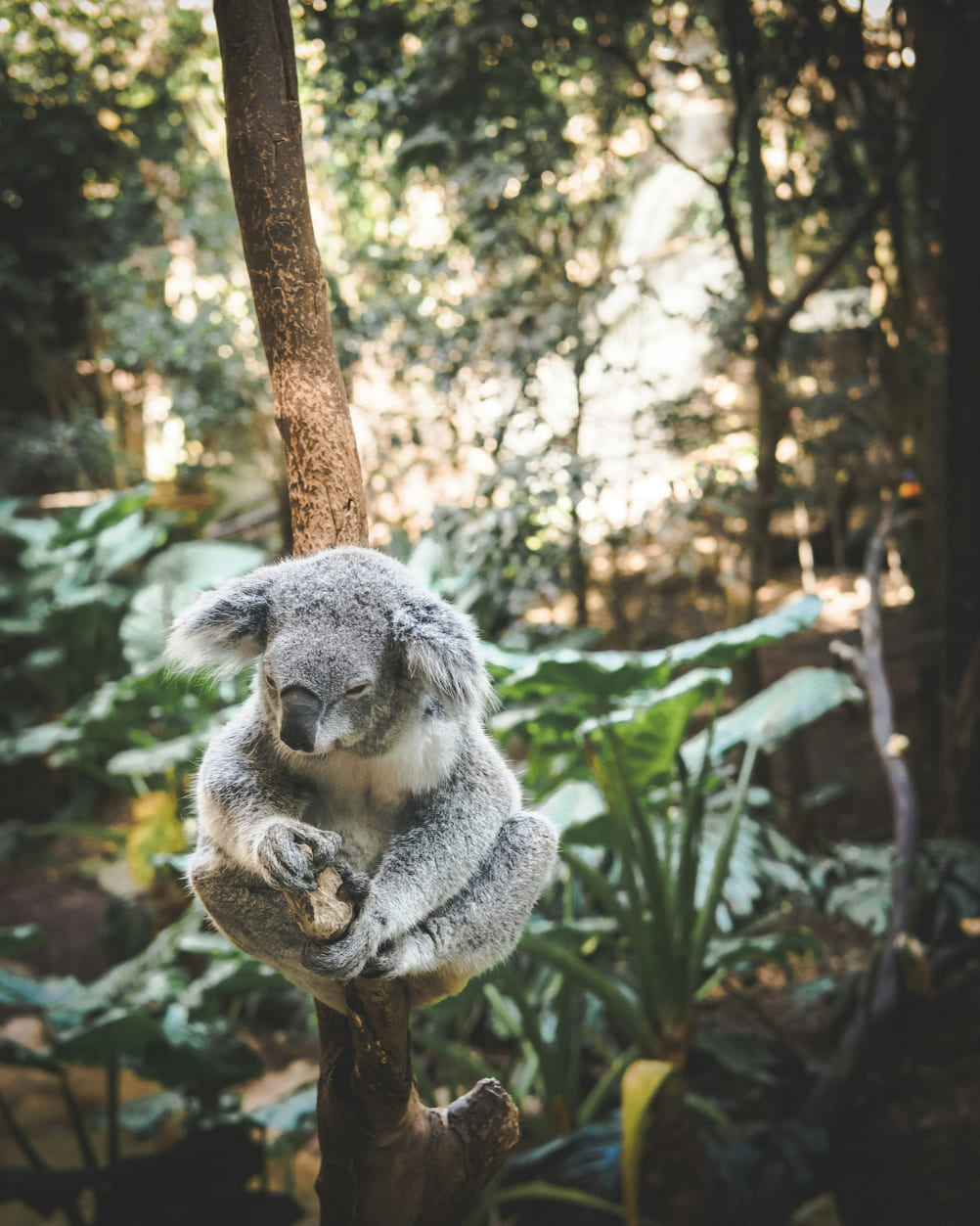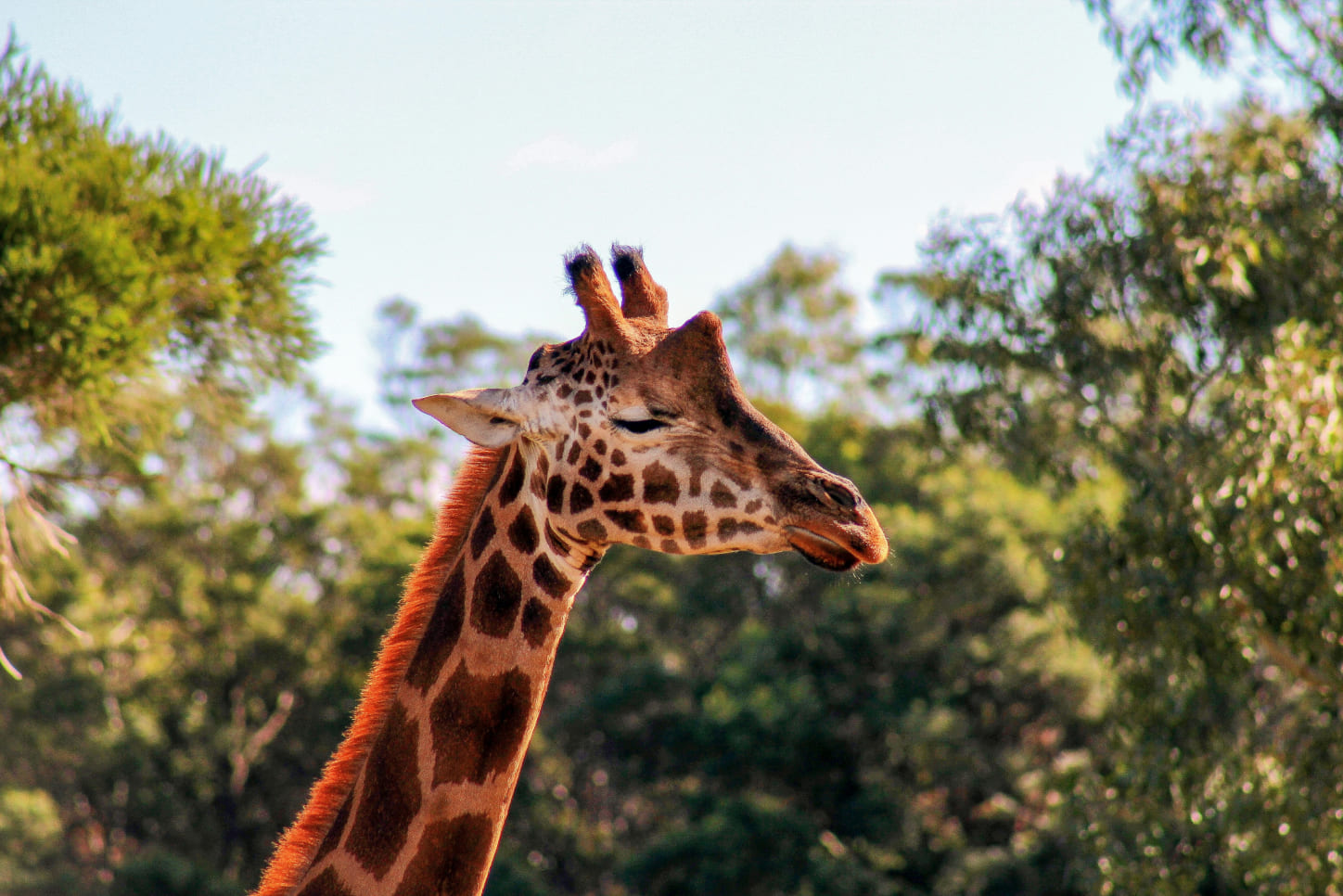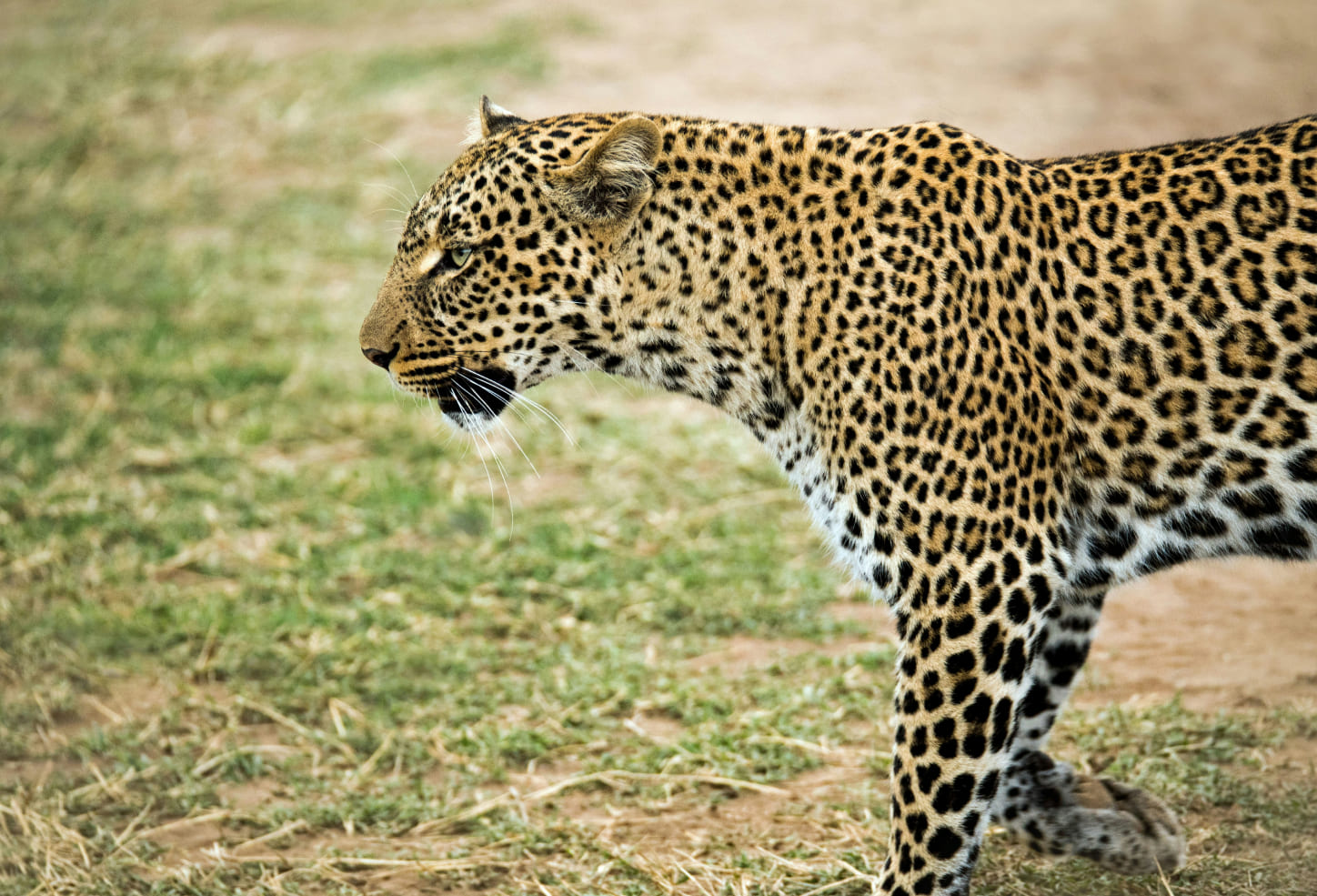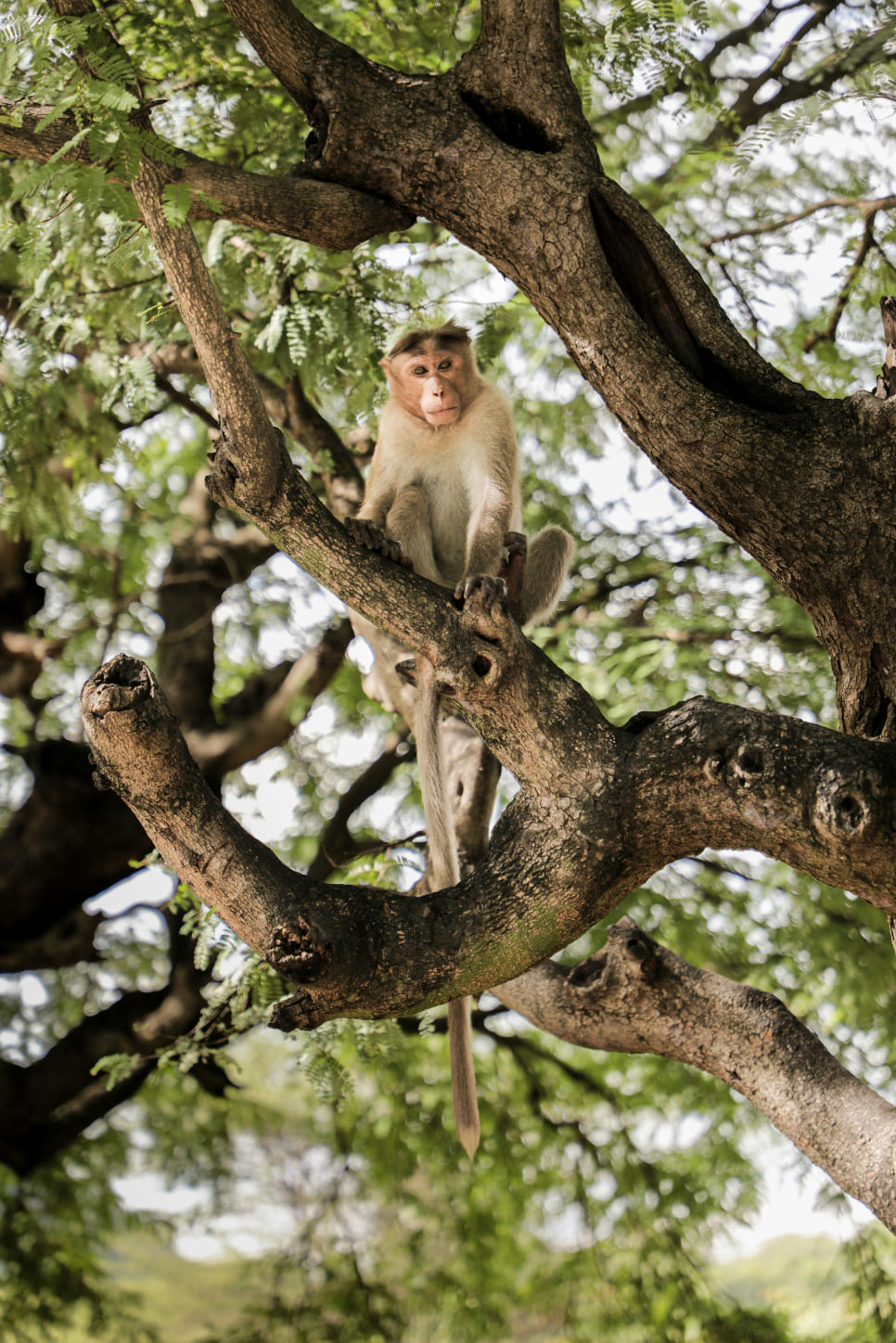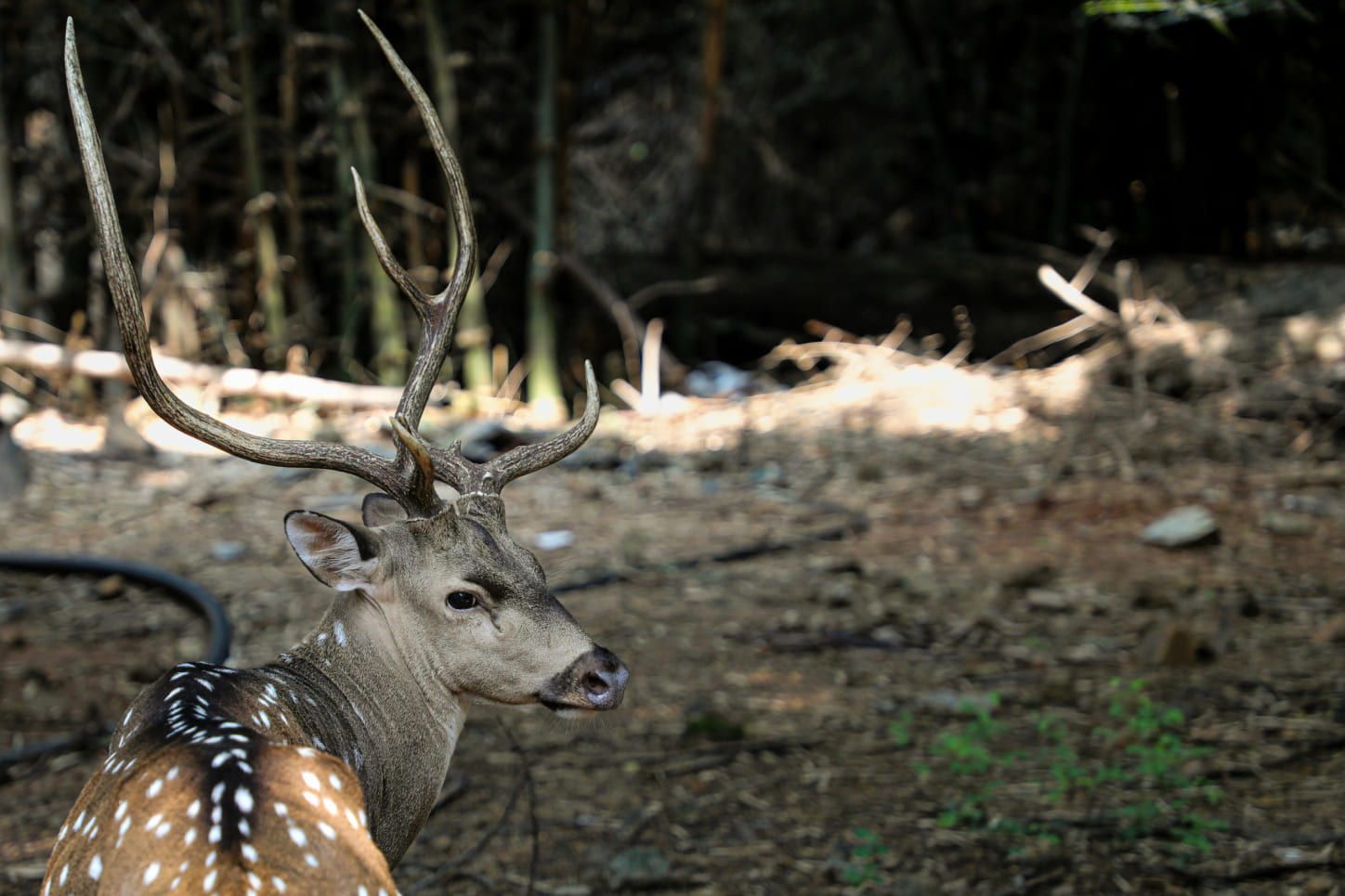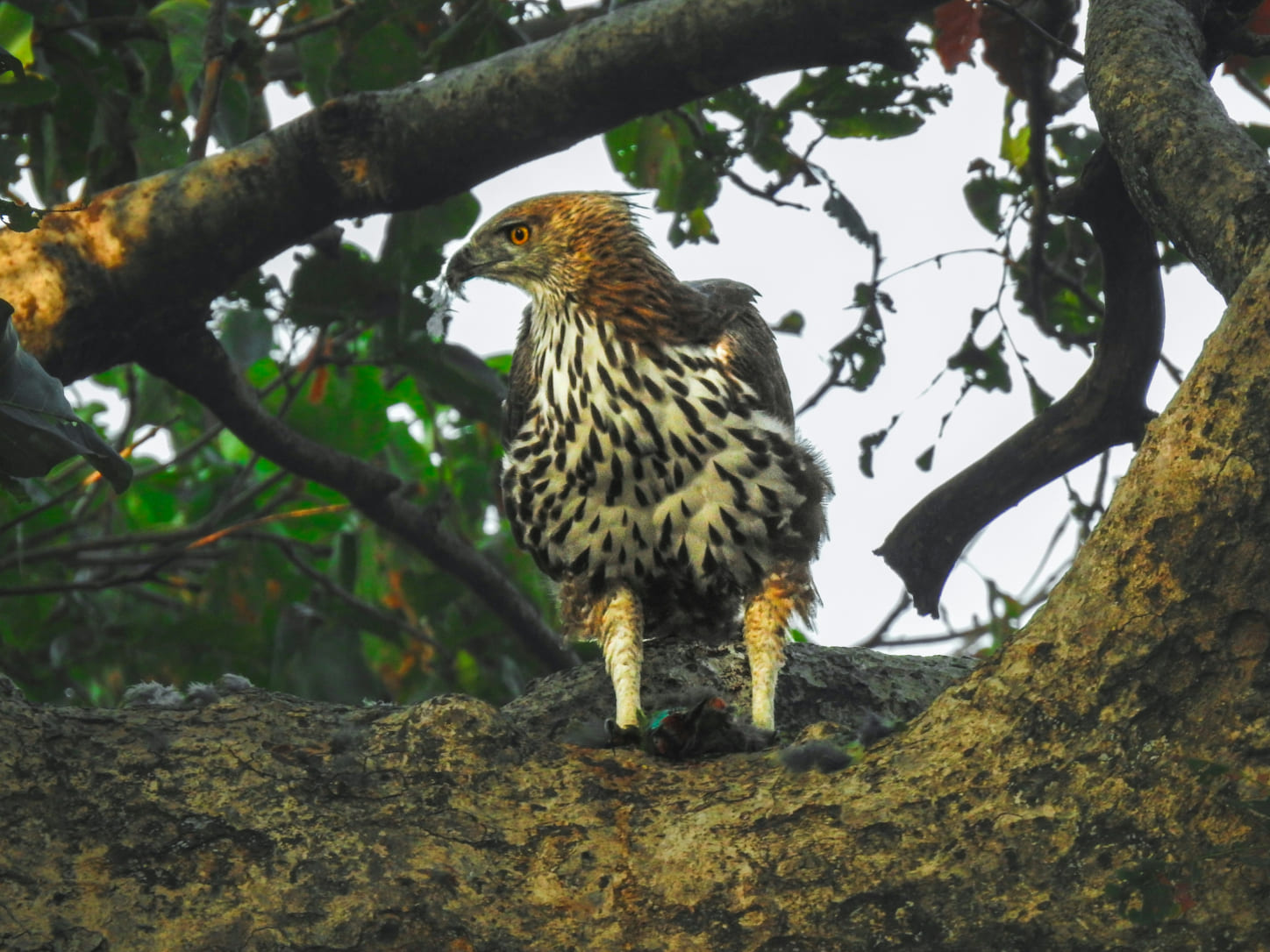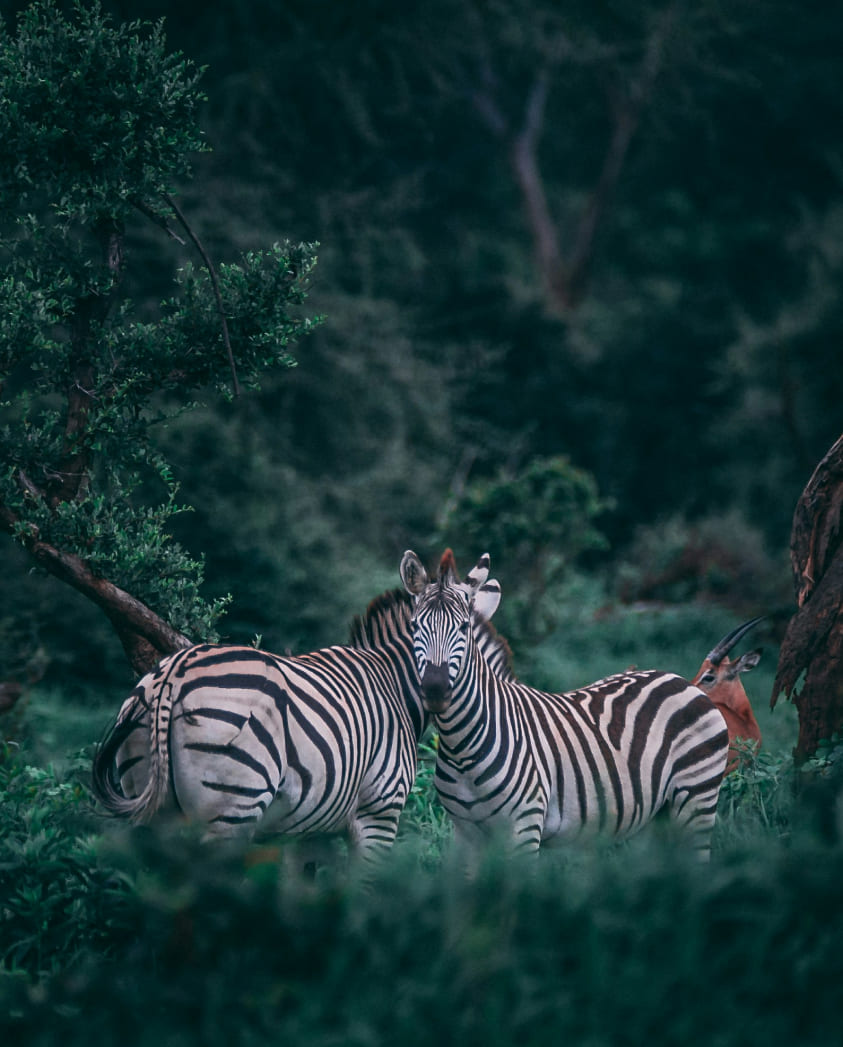Deep in the heart of the Amazon rainforest, the jaguar reigns as one of the most elusive and powerful predators. Known for its striking golden coat patterned with black rosettes, this apex predator is not only a symbol of strength but also a vital component of its ecosystem.

01
About UsRhinoceros Iguana: The Ancient Guardian of the Caribbean
In reserves, these prehistoric-looking creatures are a focal point for conservation efforts. Rhinoceros iguanas are territorial and often seen basking in the sun on rocky outcrops. Their slow movements and stoic demeanor give them an almost meditative aura, fascinating visitors who encounter them.
What do they say about us?
"Our trip to the savanna reserve was magical! Watching the giraffes stretch their long necks to reach the treetops and the zebras grazing in herds was like stepping into a scene from a wildlife documentary. The park’s rangers were passionate and knowledgeable, sharing fascinating facts about the animals. It felt incredible to witness these creatures in their natural habitat—it’s an experience we’ll never forget."

David and Sarah M., USA
"Visiting the wildlife reserve was a life-changing experience. Seeing the Malayan tiger up close was breathtaking—its graceful movements and powerful presence left us speechless. The guided tour was informative, and learning about conservation efforts made us appreciate the importance of protecting these animals. We left with a deeper connection to nature and a desire to support these sanctuaries."

Emma R., Australia
"Visiting the wildlife reserve was an incredible experience that I will cherish forever. Watching the white-tailed deer emerge from the forest at dusk was like a scene from a fairy tale. Later, I was lucky enough to see a Malayan tiger lounging in the shade—it was awe-inspiring and humbling to witness such a powerful animal in its natural habitat. The staff’s dedication to conservation and education was evident throughout the visit. It’s an experience that not only amazed me but also deepened my respect for wildlife and the people working to protect it."

Mark T., Canada
Stories from Nature Reserves
Plains Zebra (Burchell's Zebra): The Striped Nomads
On the sprawling savannas of Africa, Burchell's zebra, a subspecies of the plains zebra, captivates onlookers with its iconic black-and-white stripes. Each zebra’s stripe pattern is unique, much like a fingerprint, making them fascinating subjects of study for researchers and photographers alike.
Panamanian Thrush: The Songbird of the Tropics
In the dense rainforests of Central America, the Panamanian thrush enchants listeners with its melodious songs. This shy, olive-brown bird thrives in the understory of forests, where it forages for insects, fruits, and berries. Its song, a series of sweet, cascading notes, is often the first sound to greet dawn in the rainforest.
Koala: The Gentle Arboreal Dreamer
Among the eucalyptus forests of Australia, the koala lives a life of serenity and adaptation. Known for its fluffy grey fur, button nose, and laid-back demeanor, the koala spends most of its day perched in eucalyptus trees, feeding on their leaves or sleeping up to 18 hours a day.
Giraffe: The Gentle Giant of the Savanna
With their towering necks and graceful movements, giraffes are some of the most iconic animals of the African plains. Their unique anatomy allows them to browse on leaves from the tops of acacia trees, far out of reach of other herbivores.
Leopard: The Solitary Phantom
Elusive and graceful, the leopard is one of the most adaptable big cats, thriving in habitats ranging from African savannas to Asian jungles. With its sleek, spotted coat, the leopard is a master of camouflage, blending seamlessly into its surroundings.
Exploring Protected Sanctuaries
The Heart of Wildlife Reserves
Japanese Macaque: Life in the Snowy Highlands
Deep in the mountain ranges of Japan lies a sanctuary where the Japanese macaque, also known as the snow monkey, thrives amidst the frosty landscape. These remarkable primates are perfectly adapted to the extreme conditions of their habitat, where winter temperatures often plummet below freezing, and snow blankets the ground for months.
Common Chaffinch: The Tiny Traveler with a Melodic Soul
The common chaffinch is a vibrant and melodious resident of many European reserves, where its song echoes through the woodlands, meadows, and hedgerows. Known for its striking plumage—males boasting a bright pink breast and blue-grey cap—the chaffinch is one of the most recognizable songbirds in Europe.
Fallow Deer: Grace in the Heart of Nature
Fallow deer, with their elegant stature and dappled coats, embody the beauty and serenity of open grasslands and forested reserves. These gentle herbivores have a long history of coexistence with humans, having been introduced to various parts of Europe, Asia, and even the Americas for centuries.
Sri Lankan Leopard: The Silent Stalker of the Jungle
In the lush rainforests and dry woodlands of Sri Lanka, the Sri Lankan leopard reigns as the apex predator. This magnificent big cat, with its golden coat adorned with dark rosettes, is a master of stealth and agility, making it a symbol of both power and mystery.
Canada Goose: The Migratory Marvel
With its distinctive black head and neck, the Canada goose is a familiar sight in wetlands and reserves across North America. What sets this bird apart is its remarkable migratory journey—thousands of miles of flight that take it from northern breeding grounds to southern wintering sites.
Saltwater Crocodile: The Apex Predator of the Wetlands
The saltwater crocodile, or "salties" as they are often called, is the largest living reptile on Earth, dominating rivers, estuaries, and coastal waters in Southeast Asia and Australia. These prehistoric giants can grow up to 7 meters in length, and their incredible strength and cunning make them unrivaled predators in their domain.
Wildlife reserves are protected areas designed to conserve natural habitats, protect endangered species, and maintain biodiversity. They provide a safe haven for animals, plants, and ecosystems to thrive, free from human interference and exploitation.
Reserves offer a sanctuary where endangered species can live and reproduce without threats such as habitat destruction, poaching, and climate change. Conservation programs in reserves often include breeding initiatives and habitat restoration to help rebuild populations.
Wildlife reserves are home to a wide variety of animals, including mammals, birds, reptiles, amphibians, and insects. Examples include jaguars in the Amazon, koalas in Australia, giraffes in Africa, and even rare birds like the Panamanian thrush.
Yes, many reserves offer guided tours or safaris where visitors can observe animals in their natural environments. These experiences are designed to minimize human impact while educating people about the importance of conservation.
Reserves protect entire ecosystems by preserving the balance between predators, prey, plants, and other organisms. This ensures the health of the environment, which benefits not only wildlife but also humans by maintaining clean air, water, and fertile soil.
Many reserves welcome volunteers to assist with conservation efforts, research, and animal care. These programs allow individuals to contribute directly to protecting wildlife and often provide hands-on experience with animals and their habitats.
Funding typically comes from a combination of government support, private donations, tourism fees, and partnerships with conservation organizations. These funds are used for maintaining the reserve, conducting research, and supporting conservation projects.
Reserves face threats such as climate change, illegal poaching, encroachment by human activities, and limited funding. Despite these challenges, they remain crucial for protecting wildlife and require continuous support from governments, organizations, and individuals.
You can support reserves by donating to conservation organizations, volunteering your time, visiting responsibly, spreading awareness, and reducing your environmental impact. Every small action contributes to preserving the natural world for future generations.



